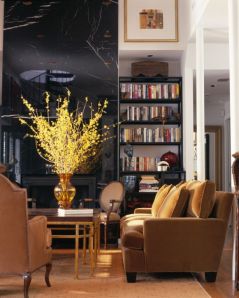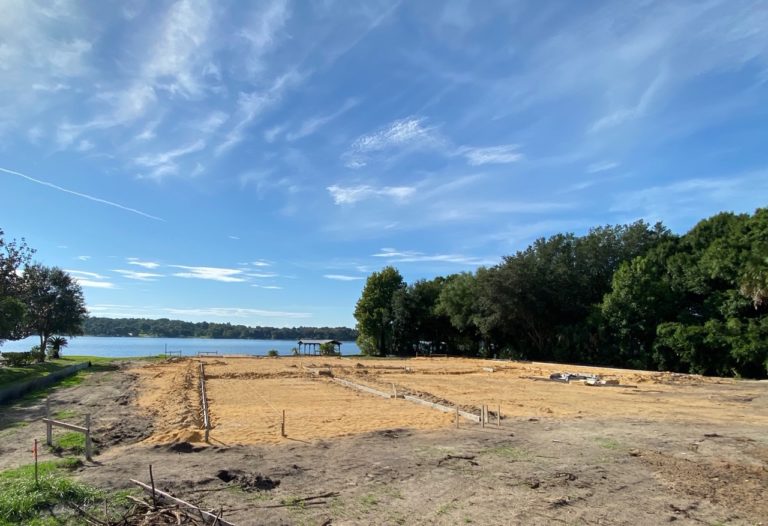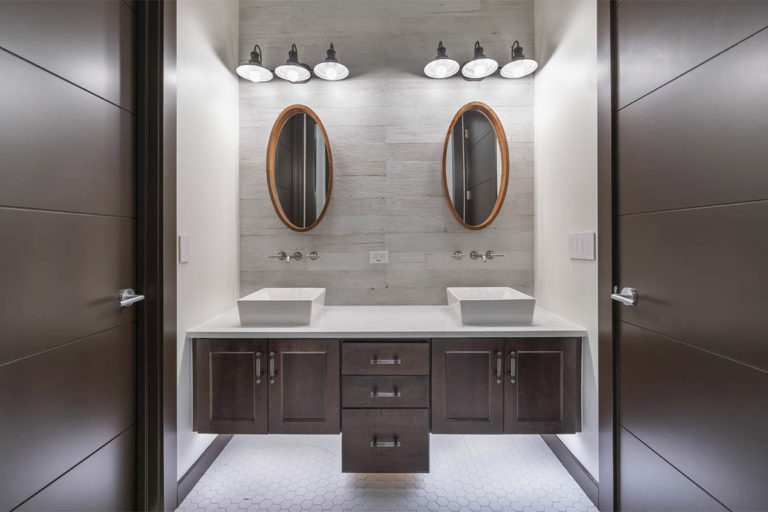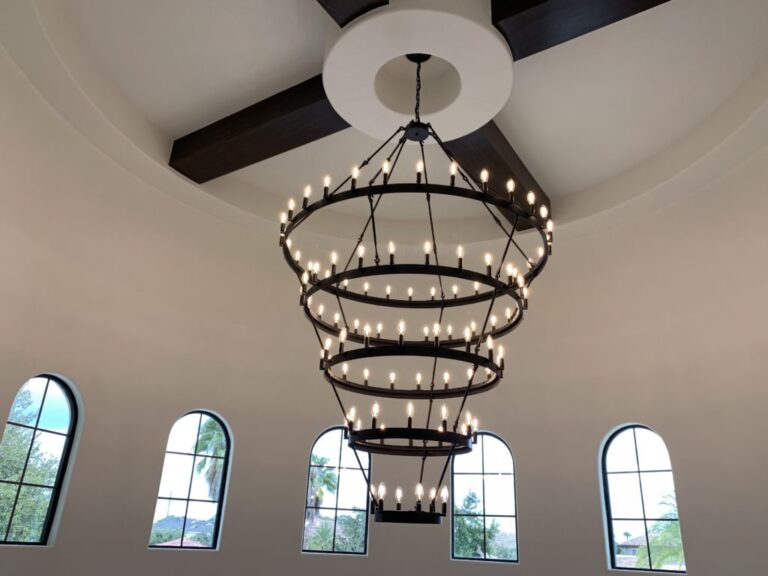Tips To Blend Old World and Contemporary Styles
Mediterranean architecture endures in Florida as a style perfectly in sync with its surroundings and history, but exterior curb appeal doesn’t have to dictate interior decor. Florida Custom Builder Jorge Ulibarri says most of his clients prefer some variation of Mediterranean architecture but their interior preferences often merge Old World and 21st Century styles. “I have clients who want a home that looks from the outside like it has endured for generations, yet on the inside, the style is sleek and modern-a look commonly defined as contemporary.”
Jorge is building several homes featuring Tuscan architecture with contemporary interiors. It’s a trend that Wolfe-Rizor Interiors, based in Winter Park, Florida, is seeing as well. Design Principals Hattie Wolfe and Abigail Rizor say clients no longer want heavy furniture, fabrics and decor. “There is a formality to that look and the younger generations are very informal. Mediterranean is here to stay but clients now want contemporary interiors,” explains Hattie, who co-founded the interior design firm with Abigail 17 years ago. The mother-daughter design team of Wolfe-Rizor says interiors are becoming more casual in feel. “People want less fuss, a sleeker, easier look to match their lifestyle,” says Abigail.
This modern twist on the Mediterranean home eschews heavy, ornate detailing popular in the 90s and early 2000s in favor of sleeker, simple flourishes. Custom Builder Jorge Ulibarri been in business for more than a decade and says the dominant style in Florida remains Mediterranean for practical reasons. “There are many practical reasons for Mediterranean exteriors in Florida. Stucco finishes protect the walls of a home from rain, sunlight and Florida’s hot, humid climate,” explains Jorge. Many of his homes draw inspiration from the Haciendas Jorge grew up with in his native Mexico. “The tile roofs seen on many Florida homes actually help cool the home and protect it from water intrusion and fire,” says Jorge who points to the roof tile’s ancient engineering. “Spanish and Mexican missions used tile made of out clay pots and bricks to shed water easily. The air pocket in the half tube helped to keep air cool.”
Wolfe-Rizor Interiors terms this style “Italian-Modern,” a popular twist on Old World architecture. “Americans have fallen in love with that Tuscan look, which used to mean heavy ornate detailing. But truthfully, Italians are known for great contemporary. Sleek cabinetry, terrazzo flooring, chrome state-of-the-art faucets, just to name a few elements,” says Abigail.
She cites the kitchen as an example. “Contemporary kitchens are big now and go well with Mediterranean architecture. Instead of heavy stained cabinetry with corbels and mosaics, cabinets are now flat paneled. Countertops are sleeker with contemporary hardware,” says Abigail.

The floor plan of today’s Mediterranean home also has evolved. Jorge says many clients are opting to forgo the formal living room. “I’m building for two clients who both decided not to have formal living rooms to optimize their square footage. Most people today entertain in the kitchen and family room as a large open, connected social space,” says Jorge.
![photo 1[11]](https://tradesecertsbyjorge.files.wordpress.com/2012/09/photo-111.jpg?w=199)
No matter what the architectural style, a home’s interior serves as the palette for self-expression. “It should tell the homeowner’s story, personify their tastes and lifestyle,” says Jorge. Therein lies the challenge of contemporary decor: creating a home that is warm and not cold and impersonal. “Ideally, contemporary decor is counter balanced with personal touches.”

At Wolfe-Rizor Interiors, the aim is to help clients create a home that looks lived in. “When you go into a home and everything is new and contemporary, it looks like you don’t have a connection. A lived-in home showcases items that you’ve acquired over the years,” explains Hattie.
With tastes trending towards a mixture of the Old Word and 21st Century styles, how can a homeowner successfully integrate two different looks?
Here are a few tips:
Use color to bring the outside inside even though the styles are different. Abigail cites an example: “Use a strong color accent on the exterior such as painted shutters then integrate that color indoors with decorative accents such as pillows, printed fabrics or painted cabinetry.”
Choose contemporary light fixtures for the interior to mix rustic elements with modern design.
Furnish the room with monochromatic pieces and accent with color. Elements like a traditional velvet sofa and a contemporary coffee table relate to Mediterranean architecture but are more today.
Incorporate stainless steel kitchen appliances to give the kitchen a clean, utilitarian look and instant gourmet status while complimenting more rustic accents.
Accent with personal effects such as a great piece of art, family photos or a family heirloom. Use objects that represent where you have come from, where you have been, and adventures ahead. Those things make a house a home,” explains Abigail.

Mediterranean architecture remains the gold standard of Florida home design. Whether it’s Spanish Mission, Tuscan, Spanish Colonial, Italian Renaissance or another variation, successfully integrating Old World architecture with 21st Century interiors can create a signature style for the homeowner.
For more design tips and ideas to add affordable luxury to your living space, check out the series Trade Secrets by Jorge available on YouTube.





